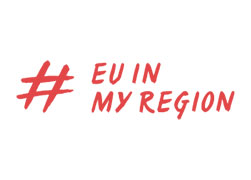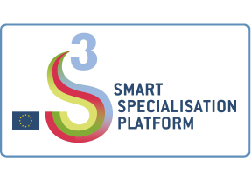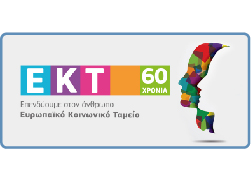Community-led Local Development (CLLD) Strategy
Spatial Development Initiatives in the Regional Operational Programme ‘Peloponnesus’ 2014-2020
Spatial development is an important part of EU regulations. for the period 2014-2020, both as a policy and as far as implementation procedures are concerned.
There are three main categories of Spatial Development interventions, which will run from 2014-2020 within the framework of the European Cohesion Policy, and which constitute the main tools for spatial development, as follows:
Sustainable Urban Development (SUD), in cities with more than 10,000 inhabitants.
Community-led Local Development (CLLD), for rural areas with lagging development, but which also have untapped comparative advantages, with populations of 10,000 to 150,000 inhabitants.
Integrated Territorial Investment (ITI), either in the context of Sustainable Urban Development (SUD), or in areas other than SUD areas, with a specific thematic developmental direction, at a clearly defined spatial level.
The design of these interventions has a common characteristic across the three categories of spatial development, which is referenced in the definition of the strategy from a socio-economic point of view for each region (citizens and institutions), within the overall development strategy of the regions. However, the system of governance and management of these interventions varies between the three categories.
Spatial Development within the ROP ‘Peloponnesus’ 2014-2020
Within the framework of the aforementioned Spatial Development Strategies for the period 2014-2020, the Operational Programme ‘Peloponnesus’ makes reference to these strategies and their particular importance for the alleviation of spatial inequalities and to ensure spatial and social cohesion in the Peloponnesus region.
In particular, Sustainable Urban Development (SUD) actions are explicitly envisaged, with a minimum budget of Community assistance of EUR 7.88 million from the ERDF and EUR 4.20 million from the ESF, as well as Community-led Local Development (CLLD) initiatives, with an equivalent ERDF budget of EUR 2.0 million (Investment Priority 9d) and EUR 5.0 million (Investment Priority 9vi). At the same time, Integrated Territorial Investments (ITI) actions are not excluded.
A study was carried out to determine the initial special focus of the Region’s strategy in terms of spatial development actions. This study proposes the following:
- Two urban areas for implementation of Sustainable Urban Development (SUD)
- Rural Areas for the implementation of Community-led Local Development (CLLD) initiatives, taking into account the implementation of corresponding complementary actions/programmes from the resources of the European Agricultural Fund for Rural Development (EAFRD) to be allocated to the Region by the Sectoral Rural Development Programme (RDP) 2014-2020. The study also proposes the implementation of Integrated Territorial Investments (ITI) in rural areas that are underdeveloped and are not to be covered by CLLD initiatives, either within the ROP or under the framework of the RDP.
During the period March to April 2014 and until the end of May, the Peloponnesus Regional Unit, through the ROP Managing Authority, carries out the relevant consultations with the municipalities in the region and other local entities in order to finalise the focus of its strategy for implementation of spatial development action initiatives in the Peloponnesus.










